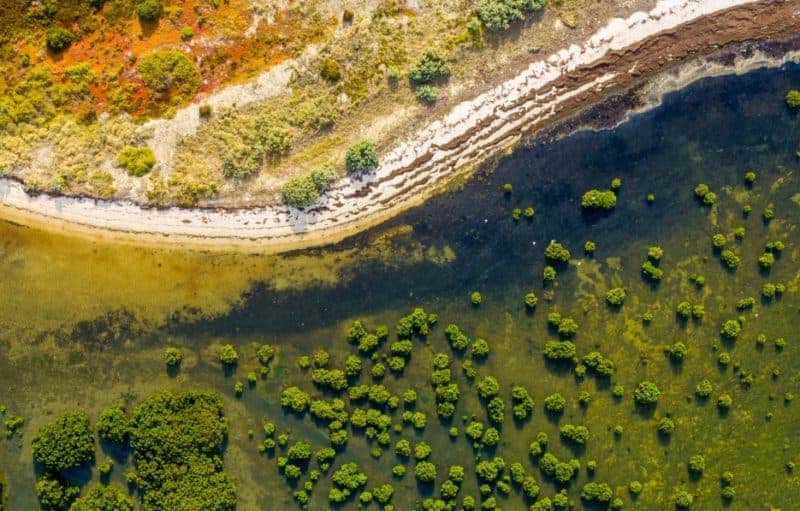Most Victorians assume our state Wildlife Act exists to protect wildlife.
In reality, the Wildlife Act of 1975 largely exists to protect exotic game animals (like deer) and regulate the destruction of native wildlife. It provides no direct protection for wildlife habitat, and the regulations give exemptions to the logging industry.
A key issue is a provision for the destruction of native wildlife through a very murky “Authority to Control Wildlife” permit system. In the last 10 years permits were issued for close to 100 different animals – including Wombats, Emus, Australian Fur Seals, Satin Bowerbirds and Black Swans.
It’s unclear if these permits were for lethal or non-lethal control. Disturbingly, permits to “control” threatened wildlife (such as the Brolga, Grey-headed Flying Fox, Hardhead, Magpie Goose, Broad-shelled Turtle and the Murray River Turtle) have also been granted.
But there is hope for the future of our native wildlife
A well overdue overhaul of the Act is in motion. The Victorian Government is in the middle of a review the outdated Wildlife Act. Public submissions to the Independent Review of Victoria’s Wildlife Act 1975 were extended until Wednesday 30 June.
We’re committed to seeing Victoria’s much-loved wildlife and their habitats get the legal protections they deserve under a renewed Wildlife Act.
Review or download VNPA’s submission
Examples of how the current Wildlife Act is failing native wildlife.
- It protects exotic invasive species like deer as protected game animals despite the significant damage they do to wildlife habitats around the state.
- It allows wildlife to be declared as unprotected which, at one stage, had the perverse outcome of wombat shooting being promoted as a tourist attraction.
- It allows the for the destruction of a plethora of native wildlife through a highly non-transparent Authority to Control Wildlife permit system, as well as the commercial harvesting of our iconic kangaroos for pet food.
- It provides no direct protections for wildlife habitat under the legislation.
- It has weak penalties for those who commit an offence under the Act.
- It treats some native wildlife, such as ducks and native quails, as sport for recreational shooters.
- The Act is toothless when it comes to actually prosecuting illegal acts of harm to wildlife. We’ve seen appalling incidents of the illegal poisoning of Wedge-tailed Eagles and the bulldozing of koalas met with little to no penalties.
What we’d like to see in a Wildlife Act that actually protects native wildlife:
- The Authority to Control Wildlife System needs to be reformed so that clear principles are followed and so that there is far greater transparency, monitoring and enforcement, which actually protects native wildlife, not just regulating killing.
- Protections for exotic invasive species like deer need to be removed. A 2021 Federal Senate inquiry called on all states to register deer as a pest species – it’s definitely time to unprotect the estimated 1 million deer stomping and chomping across Victoria.
- An independent statutory regulator should be established to enforce the Act, along with a dramatic increase in penalties, including prison.
- The Act needs to increase protections for wildlife and wildlife habitat by providing new tools such as “wildlife protection zones” and “wildlife protection orders” and by upgrading to legislation the current regulation that a person is “not to damage, disturb or destroy any wildlife habitat”.
- Native timber harvesting operations should not be exempted from damaging, disturbing or destroying wildlife habitat.
- All native wildlife should be defined and protected as native wildlife, including our native ducks and quails, currently open for recreational hunting
- The idea of a “general duty of care” should be supported – a duty to “avoid harm” to wildlife could help to minimize incidences of wildlife being treated as collateral damage.
What’s next?
A Consultation Summary Report will be published in September 2021 which will summarise what the Panel have heard during the consultation period.
The Panel’s final report, including findings and recommendations, is due to the Minister for Energy, Environment and Climate Change, the Hon Lily D ’Ambrosio by late 2021.
